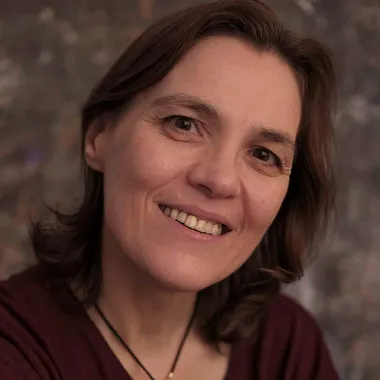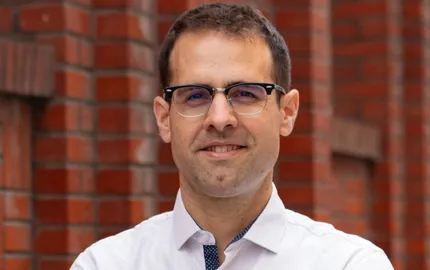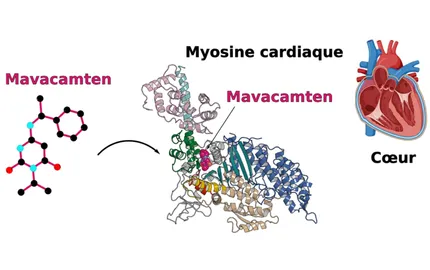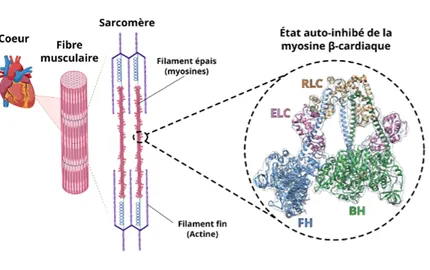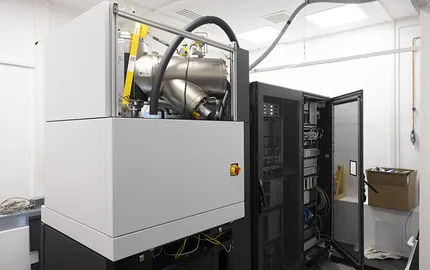- Home >
- Directory of the Institut Curie >
- ANNE HOUDUSSE-JUILLE
Functions within Institut Curie
Presentation
Anne Houdusse, Ph.D. is a CNRS research director, head of the Structural Motility team of the Cell Biology and Cancer laboratory (CNRS/Institut Curie). Anne Houdusse was trained as a structural biologist and a chemist, earning a B.S. and ‘Agrégation’ in chemistry from Ecole Normale Superieure and M.S. and Ph.D. degrees from the Pasteur Institute, Paris. In 1992, Anne Houdusse received an EMBO Long term scholarship followed by an HFSPO post-doctoral fellowship to study muscle contraction at Brandeis University (Waltham, MA, USA) with Drs. Carolyn Cohen and Andrew Szent Györgyi. She received an ATIP award in 1999 and returned to Paris to establish her independent laboratory focused on research on the cytoskeleton and essential cellular motors. By choosing the Curie Institute to set up her independent 'Structural Motility' laboratory, Anne Houdusse initiated the study of structural biology at the Curie Institute in 1999 with the goal of answering critical questions in cell biology and developing new therapies against human diseases, such as cancer.
Anne Houdusse received the CNRS Bronze and Silver Medals and she was elected as an EMBO member in 2013. She was awarded a FEBS prize for her exceptional achievements in the field of structural biology in 2005. Her contributions in the motor field have been recognized with the FEBS/EMBO Women in Science Award in 2009 and with the Prix Lecocq from the French Academy of Sciences in 2018. She has been elected as a member of the French Academy of Sciences (Institut de France ) in December 2019.
The focus of Anne Houdusse laboratory is on the study of nanomachines, these molecular motors that produce force within our cells, and which are essential for their dynamic organization, their ability to contract and migrate. From high-resolution structural knowledge, the challenge lies in identifying the precise role played by each of these motors when they participate in a cellular function in a coordinated manner. Most are also involved in many pathologies; understanding how to control their activity opens the way to new therapeutic solutions.
Latest publications
The European Physical Journal E - 01/09/2025
Cell - 01/08/2025
The EMBO Journal - 27/08/2024
Latest news
Contact ANNE HOUDUSSE-JUILLE
Contact me by filling in the form below


